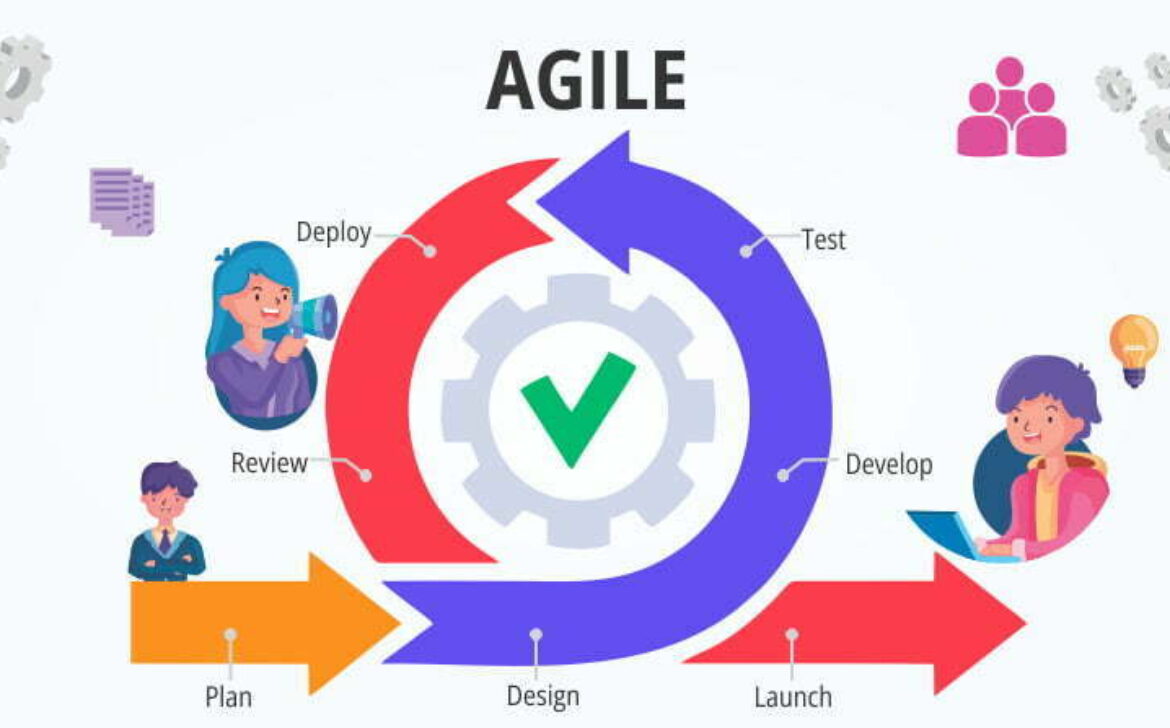Agile
What is Agile?
Agile is a simple word.
This word is used by the Information Technology (IT) industry. It is one of the alternative method of doing project management. This is also one of the many models available under the Software Development Lifecycle i.e. SDLC. It helps IT team offer value to client through small pieces of work/iterations, lowering the Risk, as well delivering value early.
Agile means something which can run or move quickly.
In an agile approach, work/tasks/activities are divided into smaller manageable pieces or iterations can be called as short term goals also. But it is important to determine the project’s goals and needs before the development process begins.
Benefits of the Agile model
1. Improved Product Quality
In an Agile approach, the testing requirement is throughout every stage of software development. This ensures that the product designed at the end is of high quality and aligned according to the customers demands.
2. Flexibility
One of the most appreciated features of agile is its flexibility for a project and development team. Because the methodology allows for change, there is always room for mistakes and opportunities to iterate.
3.Faster Product Delivery
A significant part of the Agile approach is via Sprints.
Sprints are a set period that allows a product to be developed frequently and rapidly.
In today’s market, speed is the key.Following the agile methodology helps deliver products to the business/user/customer/client faster. This allows for speedy testing and fixing of software solutions and reduces time to market.
4. Improved Team collaboration and motivation
The team size is generally limited in an Agile environment and meets frequently. These meetings discuss the progress and update the other members about the project’s current status. This also provides a workplace where teams can be closely embed and have flexible team structures.
5. Risks Minimized
An agile development team divides a bigger project into small tasks/pieces. Working on these small tasks helps the team identify any problems within the project early. Thereby reducing the risks and making it easier to perform any changes if needed.
Blogger,
Prasant Pokarnaa
SEED Infotech Ltd., Pune

